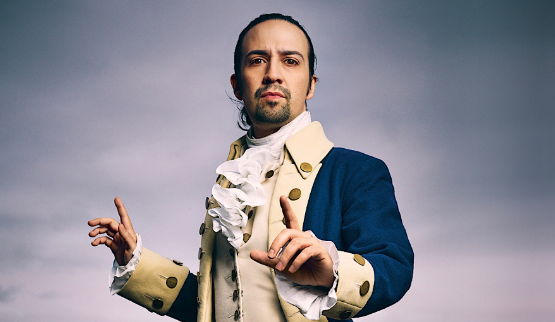Dubai, renowned for its futuristic skyline and luxurious lifestyle, is taking urban development to new heights with innovative landscape designs. These designs are not only transforming the city’s aesthetic appeal but also enhancing its environmental sustainability and livability. In this essay, we will explore how cutting-edge landscape architecture is reshaping Dubai’s urban spaces, contributing to a greener, more vibrant, and sustainable metropolis.
The Vision Behind Dubai’s Urban Transformation
Dubai’s ambitious vision for urban transformation is driven by the need to create an environment that balances rapid urbanization with sustainable living. The city’s leadership has recognized that innovative landscape designs are essential to achieving landscape company in dubai this balance. The integration of green spaces within urban settings is seen as a way to mitigate the effects of urban heat islands, improve air quality, and provide residents with spaces for recreation and relaxation.
Embracing Green Technologies
One of the key aspects of Dubai’s landscape transformation is the adoption of green technologies. Vertical gardens, green roofs, and living walls are becoming common features in the city’s urban landscape. These elements not only add to the visual appeal of buildings but also contribute to energy efficiency by providing natural insulation and reducing the need for artificial cooling.
For instance, the implementation of green roofs in residential and commercial buildings helps to reduce rooftop temperatures, thereby lowering the overall temperature of the building. This not only makes the buildings more energy-efficient but also enhances the quality of life for the occupants.
Sustainable Water Management
Water scarcity is a significant challenge in Dubai due to its arid climate. Innovative landscape designs are addressing this issue through sustainable water management practices. The use of drought-tolerant plants, efficient irrigation systems, and recycled water is becoming increasingly prevalent in urban landscaping projects.
Xeriscaping, a landscaping method that reduces the need for irrigation, is gaining popularity. This approach involves using native plants that are adapted to the local climate and require minimal water. Additionally, advanced irrigation systems that utilize sensors to monitor soil moisture levels ensure that water is used efficiently and wastage is minimized.
Creating Multi-Functional Urban Spaces
Innovative landscape designs in Dubai are focused on creating multi-functional urban spaces that cater to the diverse needs of the city’s residents. Parks, plazas, and public gardens are being designed to serve multiple purposes, from recreation and social gatherings to cultural events and environmental education.
For example, Zabeel Park, one of the largest parks in Dubai, is not only a recreational space but also a hub for cultural and educational activities. The park features a technology-themed zone, an amphitheater for events, and numerous playgrounds and picnic areas. This multi-functional approach ensures that urban green spaces are utilized to their full potential and provide maximum benefits to the community.
Integrating Nature with Architecture
Dubai’s urban landscape is characterized by a seamless integration of nature with architecture. The city’s iconic buildings and developments often incorporate natural elements, creating a harmonious blend of the built and natural environments. This approach not only enhances the aesthetic appeal of the city but also promotes a sense of well-being among its residents.
The Dubai Frame, for instance, is an architectural marvel that incorporates landscaped gardens and water features, providing a serene and green environment in the heart of the city. Similarly, the Dubai Creek Harbour development features extensive green spaces, pedestrian pathways, and waterfront promenades, creating a vibrant and sustainable urban community.
Promoting Biodiversity
Innovative landscape designs in Dubai are also aimed at promoting biodiversity within the urban environment. The creation of green corridors, urban forests, and wildlife-friendly spaces helps to support local flora and fauna, contributing to the city’s ecological health.
Urban forests, such as the one planned for the Mohammed bin Rashid Al Maktoum City, are designed to provide habitats for native wildlife and enhance the city’s green cover. These initiatives not only contribute to biodiversity conservation but also offer residents opportunities for nature-based recreation and education.
Conclusion
Dubai’s transformation through innovative landscape designs is setting a benchmark for sustainable urban development. By embracing green technologies, sustainable water management practices, and multi-functional urban spaces, the city is creating an environment that is not only visually appealing but also ecologically responsible. The integration of nature with architecture and the promotion of biodiversity further enhance the city’s livability, making Dubai a model for other urban centers worldwide. As the city continues to grow and evolve, its commitment to innovative and sustainable landscape designs will play a crucial role in shaping a greener and more vibrant future.



